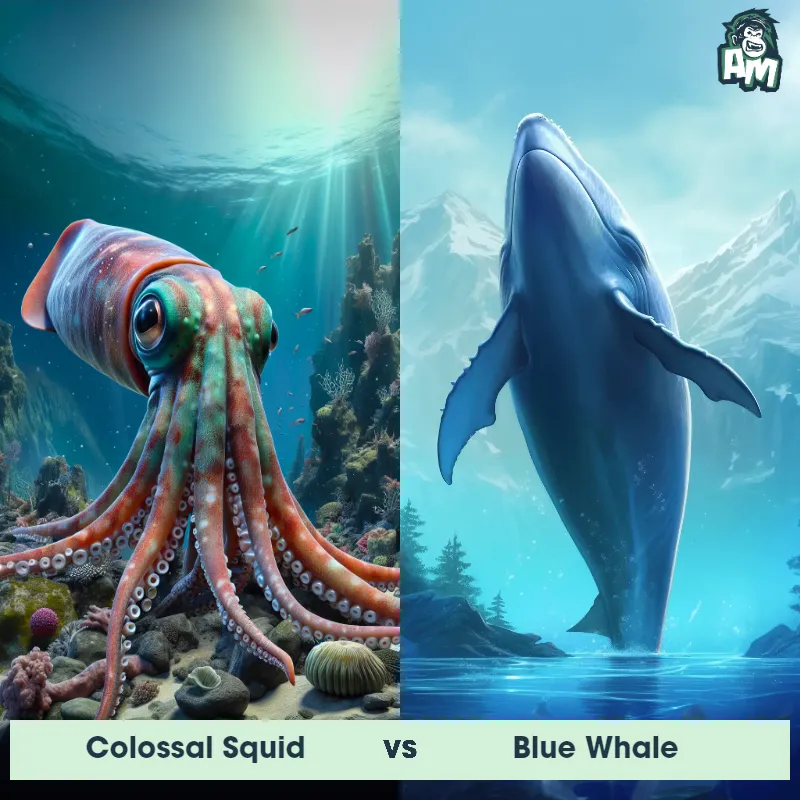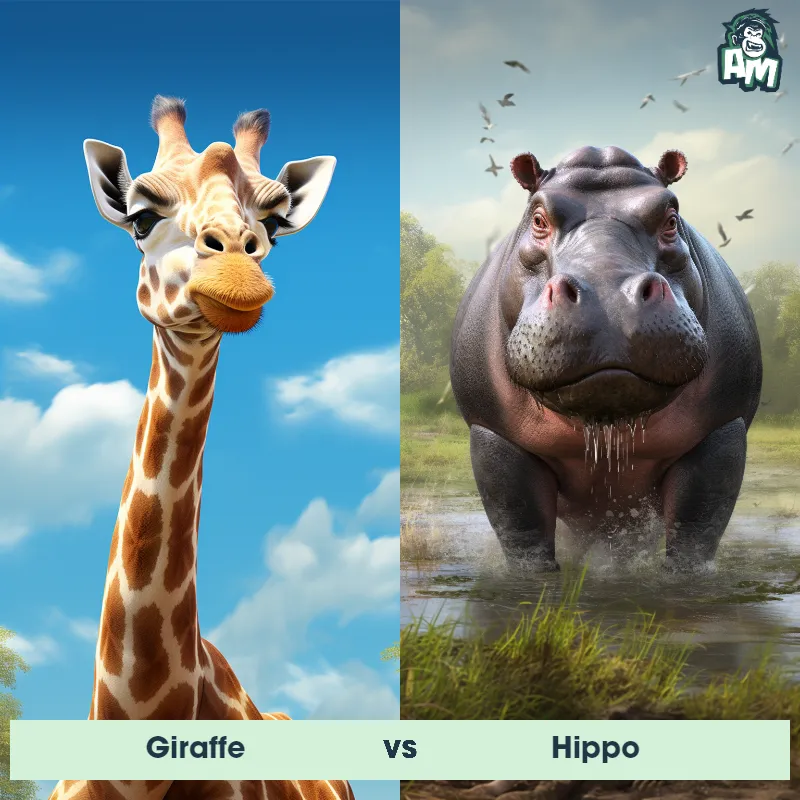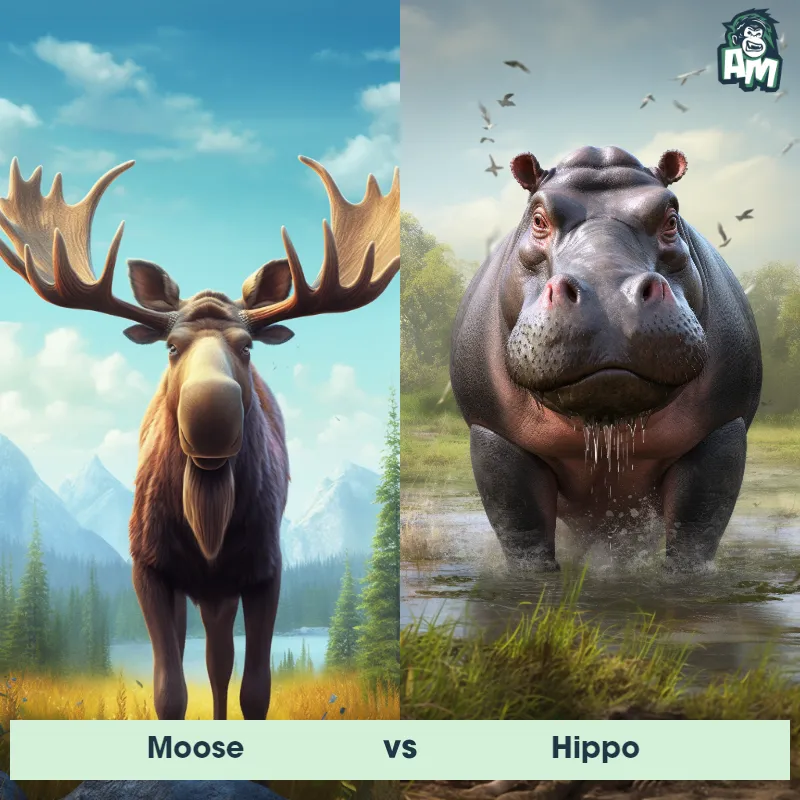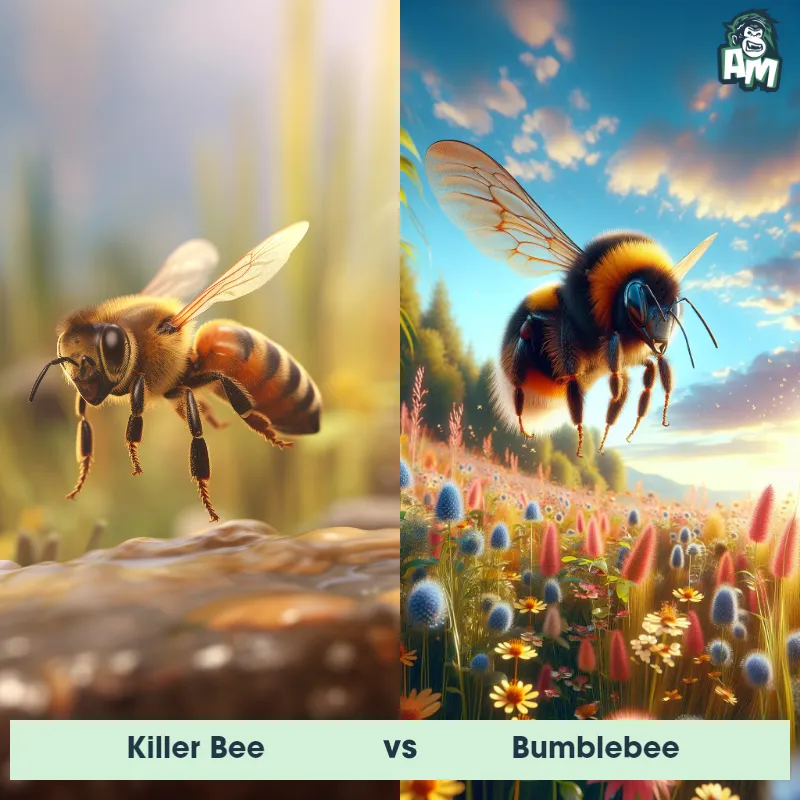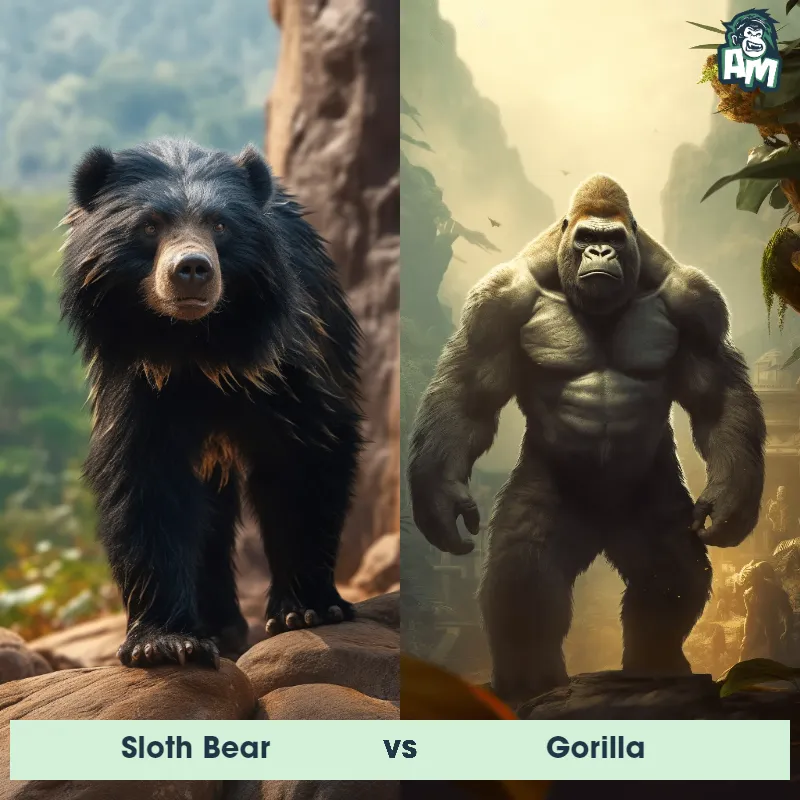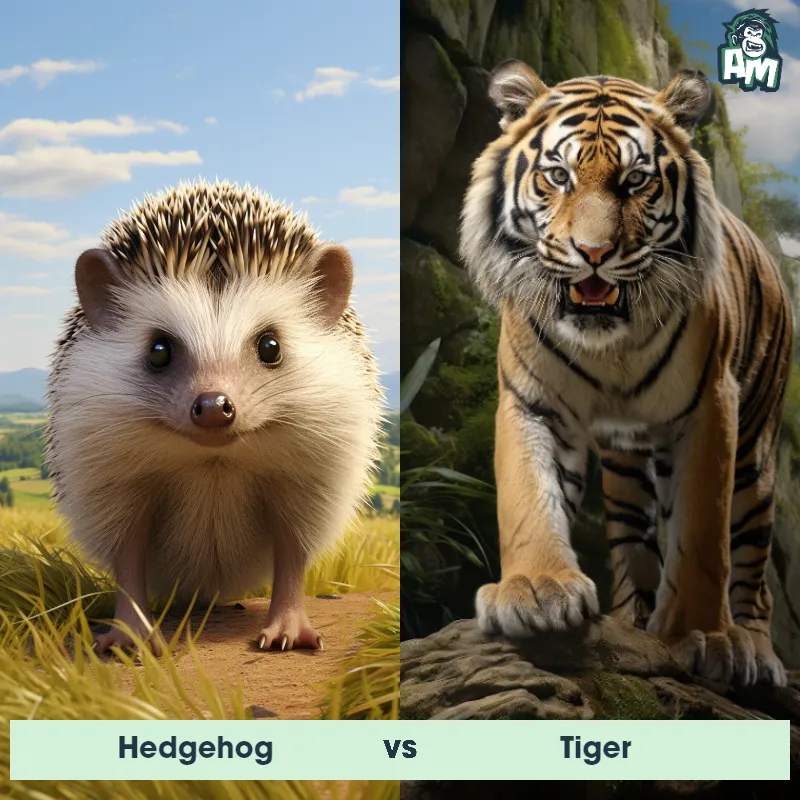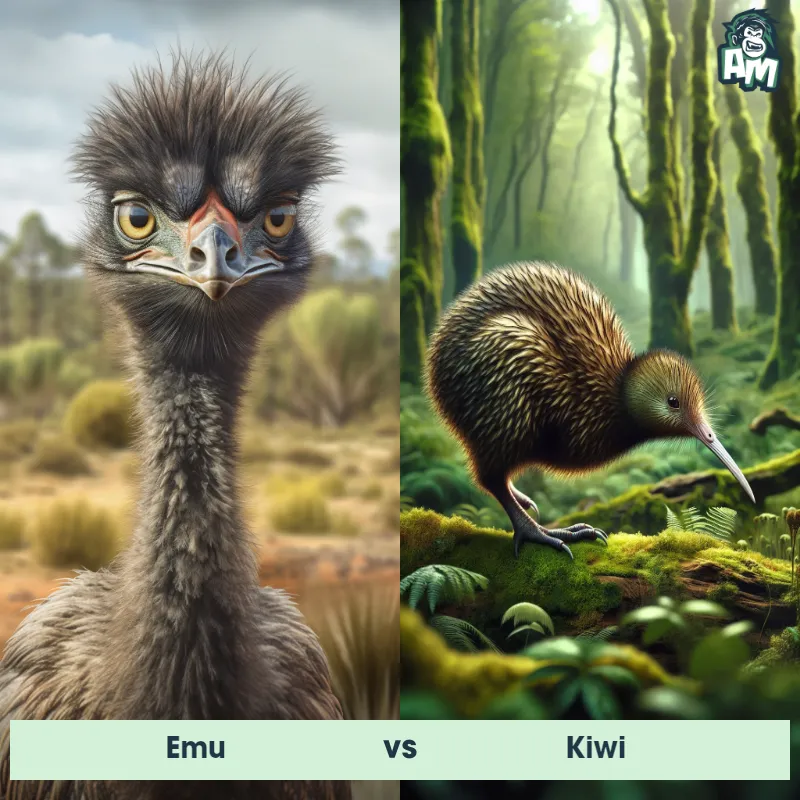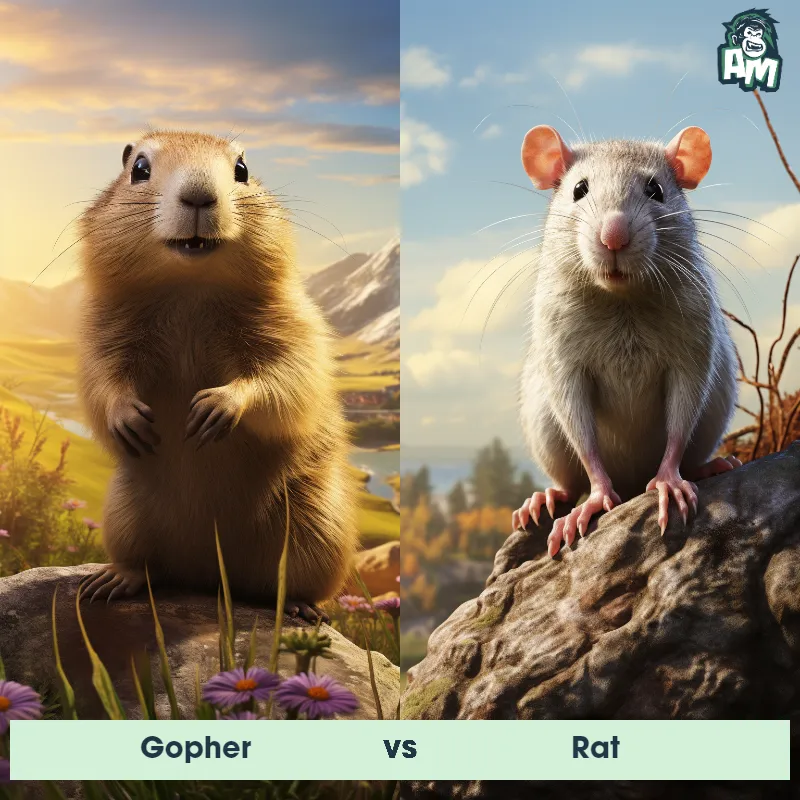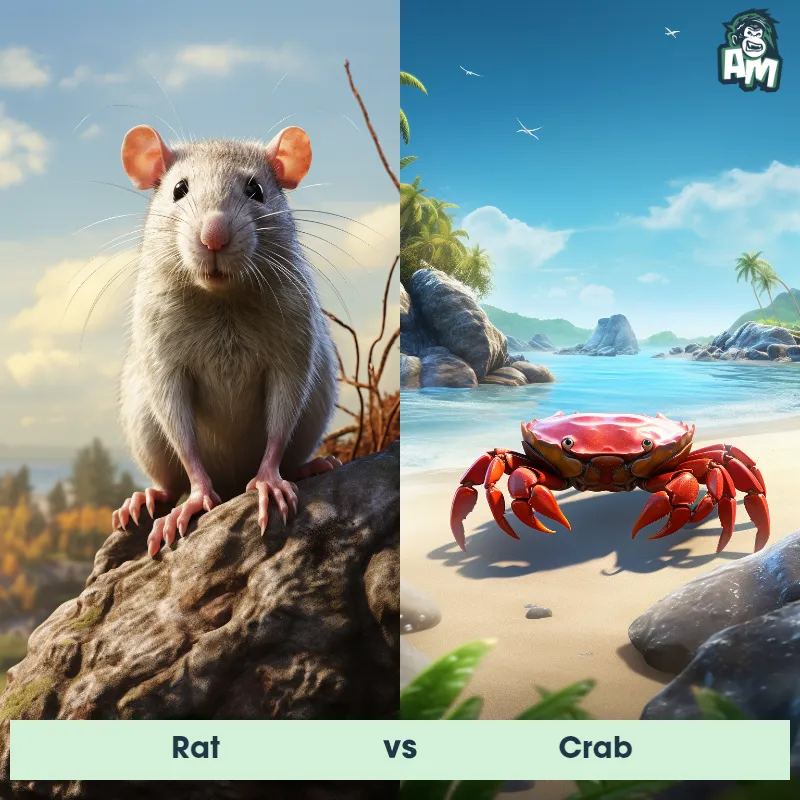Guanlong vs ChasmosaurusSee Who Wins

The crowd is buzzing with anticipation as the combatants enter the arena. In one corner, we have the agile and fierce Guanlong, nimble and always ready to strike. In the opposite corner, the sturdy and armored Chasmosaurus, with its intimidating frill and defensive capabilities. It's the ultimate clash of speed versus strength!
Contender 1: Guanlong
The Guanlong, also known as the "crown dragon," was a carnivorous dinosaur that lived during the Late Jurassic period. It is best known for its unique, crest-like structure on its head, which resembles a crown. This dinosaur had long, sharp teeth, powerful hind limbs, and a bipedal stance.
Fun Fact: Guanlong is believed to be one of the earliest known tyrannosaurs, paving the way for later species like the famous Tyrannosaurus rex.
Contender 2: Chasmosaurus
Chasmosaurus, also known as the "opening lizard," was a herbivorous dinosaur from the Late Cretaceous period. It was characterized by its long frill adorned with bony protrusions and two large holes, as well as a relatively short snout and a bulky body. Chasmosaurus was a quadrupedal dinosaur with a size ranging from 13 to 16 feet in length.
Fun Fact: Chasmosaurus had one of the largest frills among ceratopsian dinosaurs, sometimes reaching up to nearly 5 feet in diameter.
Matchup Stats
| Guanlong | Chasmosaurus | |
|---|---|---|
| Size | Around 10 feet (3 meters) | 13-16 feet (3.9-4.8 meters) |
| Weight | Approximately 200-300 pounds (90-135 kilograms) | 2-3 tons (1,814-2,722 kilograms) |
| Speed | 25 mph (40 km/h) | 19-25 mph (31-40 km/h) |
| Key Strength | Speed and agility | Strong frill defense |
| Biggest Weakness | Size and strength | Short snout limits offense |
Current Votes
Guanlong vs Chasmosaurus
See Who Wins
View More Matches
Looking For More?
Similar Matches
Scientific Stats
| Guanlong | Chasmosaurus | |
|---|---|---|
| Scientific Name | Guanlong wucaii | Chasmosaurus |
| Family | Proceratosauridae | Ceratopsidae |
| Habitat | Terrestrial | Plains and lowland areas |
| Geography | Asia, specifically China | North America |
| Diet | Carnivorous | Herbivore |
| Lifespan | 10 years - 15 years | 20 years - 25 years |
Key Differences between Guanlong and Chasmosaurus
- Teeth: Guanlong had sharp, serrated teeth suitable for a carnivorous diet, whereas Chasmosaurus had flat teeth designed for cropping vegetation.
- Size: Guanlong was smaller, averaging around 3 meters in length, whereas Chasmosaurus was much larger, reaching up to 5 meters long.
- Skull Ornamentation: Guanlong had a distinct, narrow crest on its head, while Chasmosaurus possessed extended horns and a prominent frill at the back of its skull.
- Body Structure: Guanlong had a bipedal posture with long legs, indicating a more agile form, whereas Chasmosaurus was quadrupedal with stout limbs suited for supporting its heavy body.
- Build: Guanlong had a lightweight build with an elongated body, while Chasmosaurus had a bulkier, more robust body adapted for a herbivorous lifestyle.
- Tail: Guanlong had a long, slender tail, contributing to its balance and agility, while Chasmosaurus had a shorter, more robust tail.



